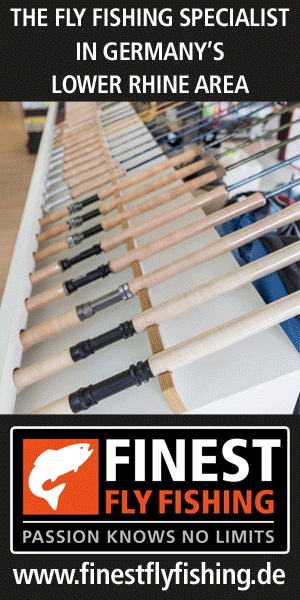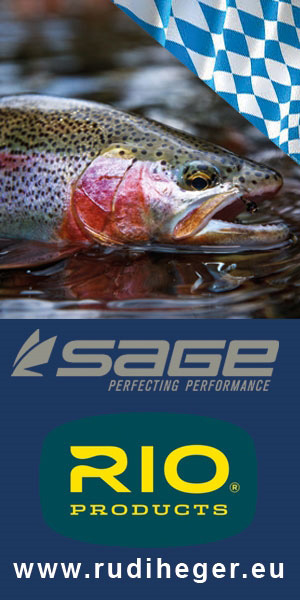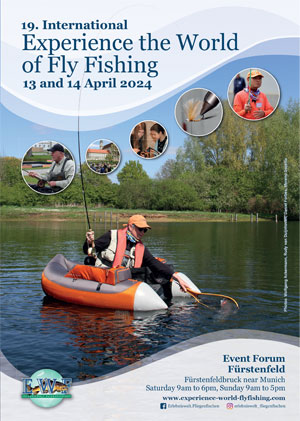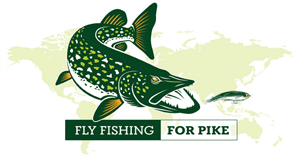DEC and Trout Unlimited routinely partner on aquatic habitat improvement projects around the state. An ongoing partnership project in the Capital Region has two goals. One goal is to restore connectivity for younger age classes of trout that are separated by a perched culvert on Cook Brook.
One end of the perched culvert is above the water’s surface and can prevent fish from getting upstream. To restore connectivity for trout, the team will use a new baffle design. Baffles are structures placed inside a culvert (see photo below) to assist in fish passage by changing flow patterns and slowing water velocity. DEC habitat staff plan to install the baffles in July. If successful, the project would restore 3.8 miles of high quality coldwater habitat to Cook Brook, a tributary to the Beaverkill (PDF, 851 KB).

The second goal of the partnership project in the Capital Region is to test two DEC-constructed Radio Frequency Identification Units (RFID) against one it purchased. RFID units are used to detect Passive Integrated Transponders in fish as they pass over or through the unit’s antennas. The transponders are similar to microchips used for pet identification. DEC habitat staff can construct these units for a fraction of the cost of purchasing one. The “in-house” units that were deployed on multiple tributaries to the West Branch of the Delaware River last fall worked well. Staff plan to tag fish in late May.
Photo by: ATS Environmental.
Source: www.thefishingwire.com.






